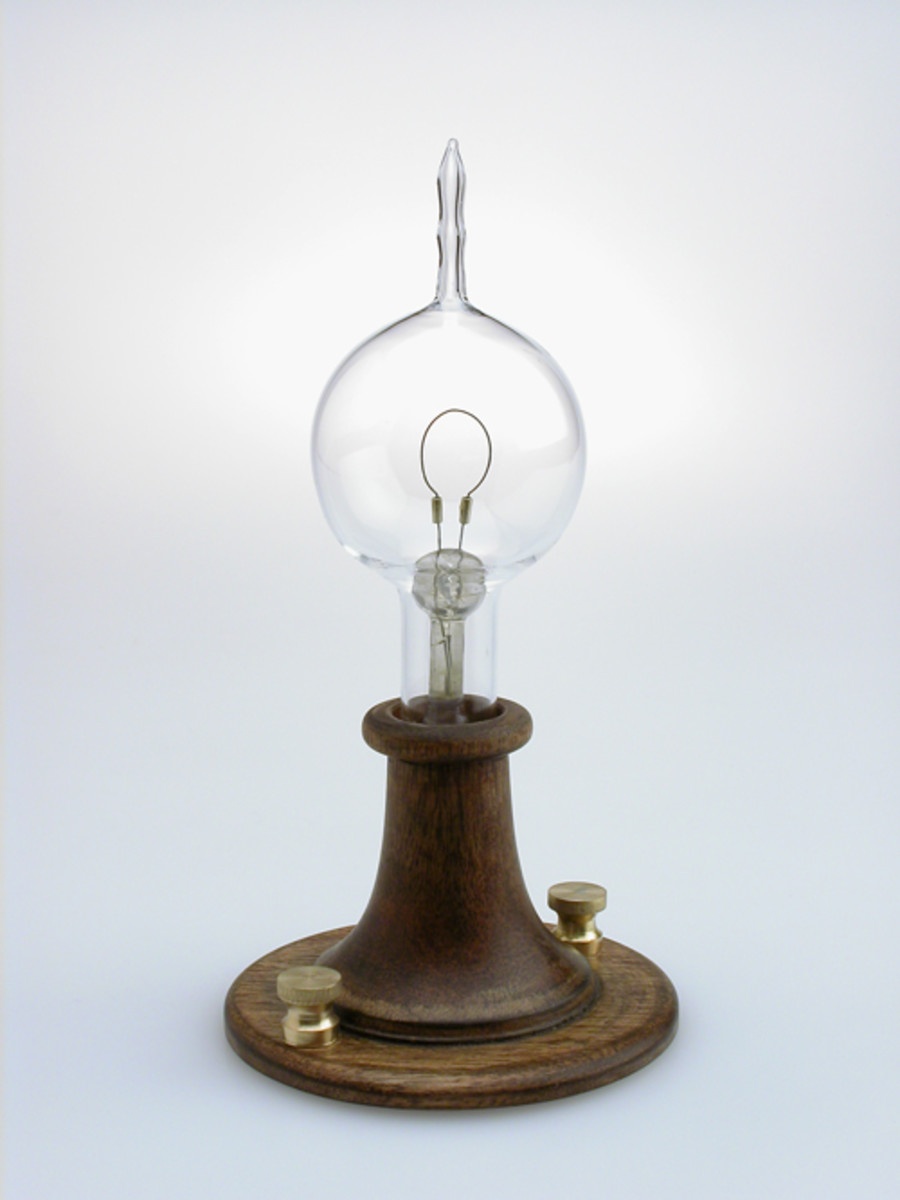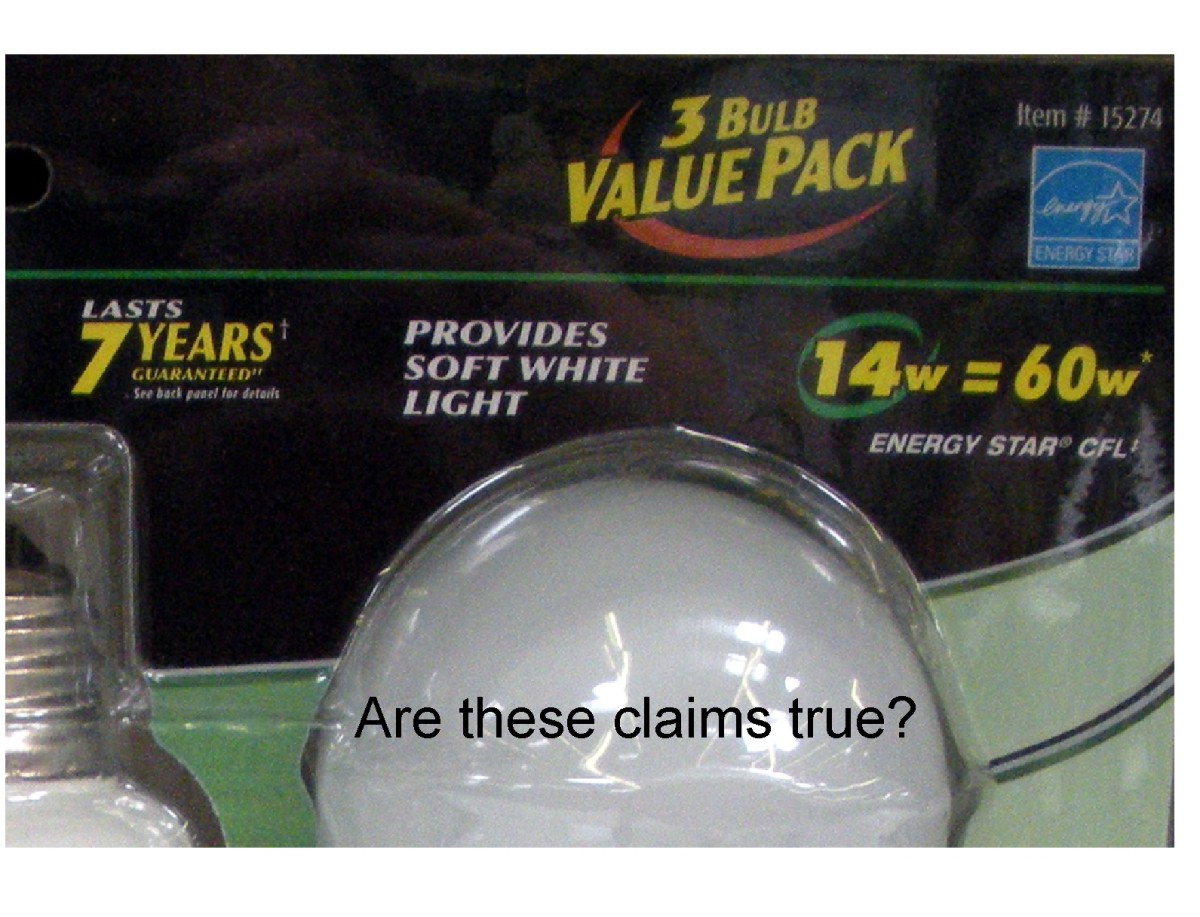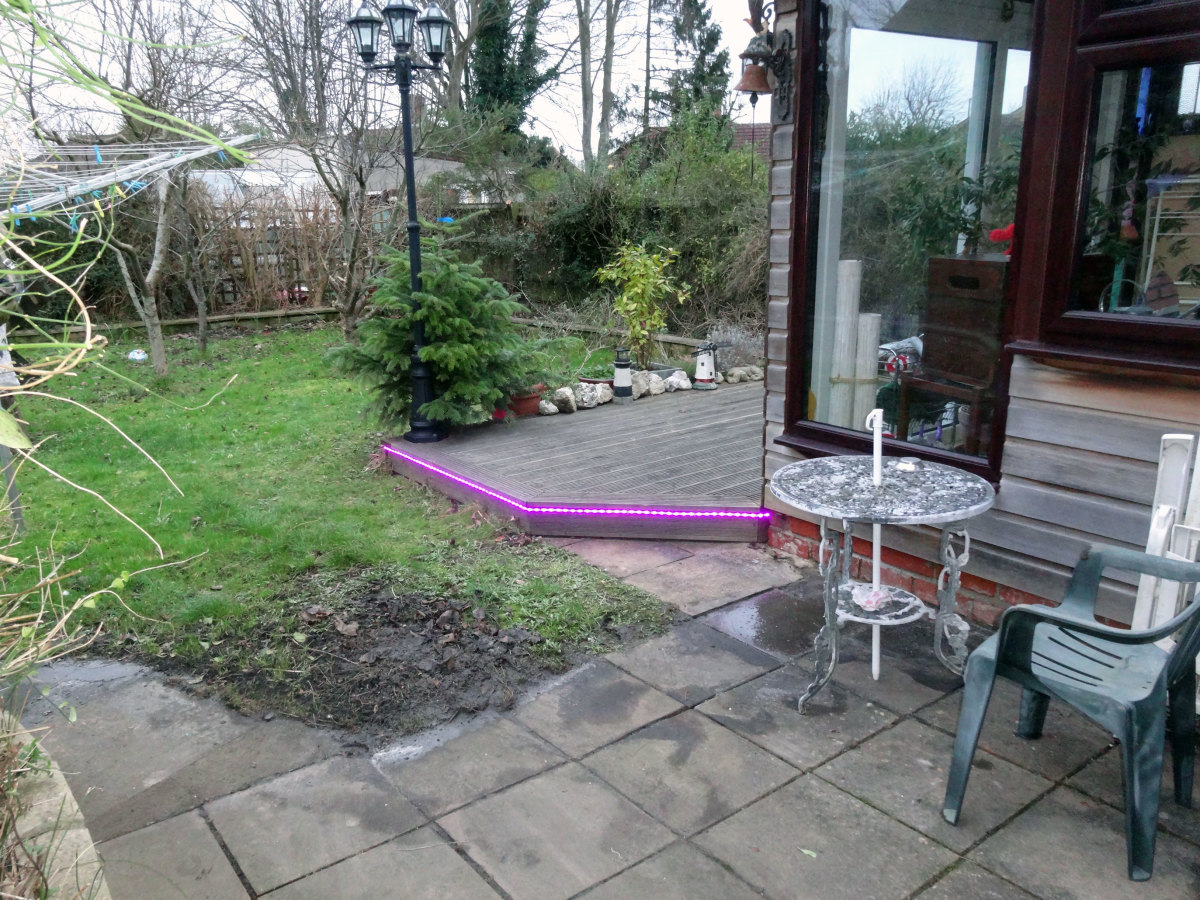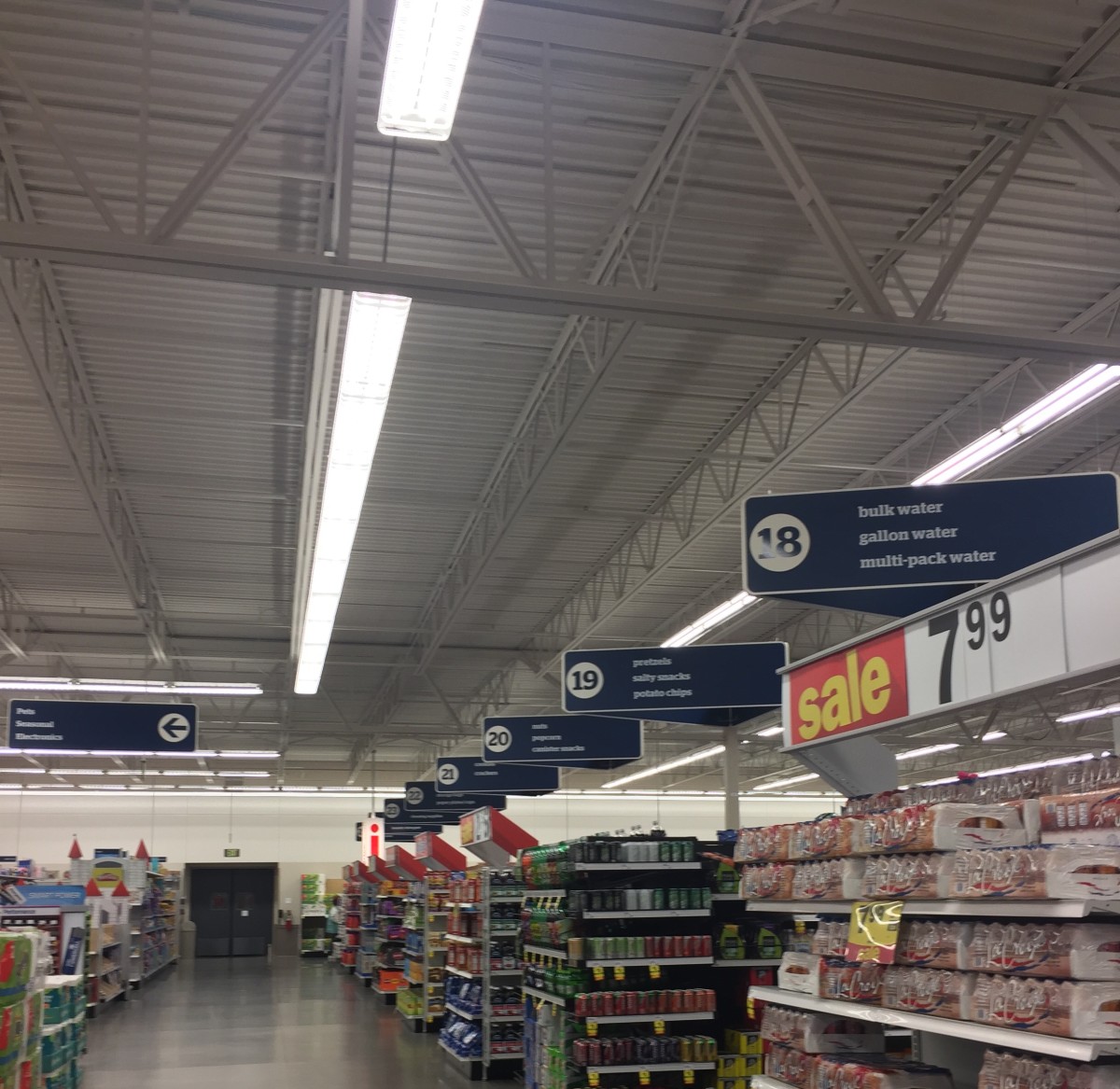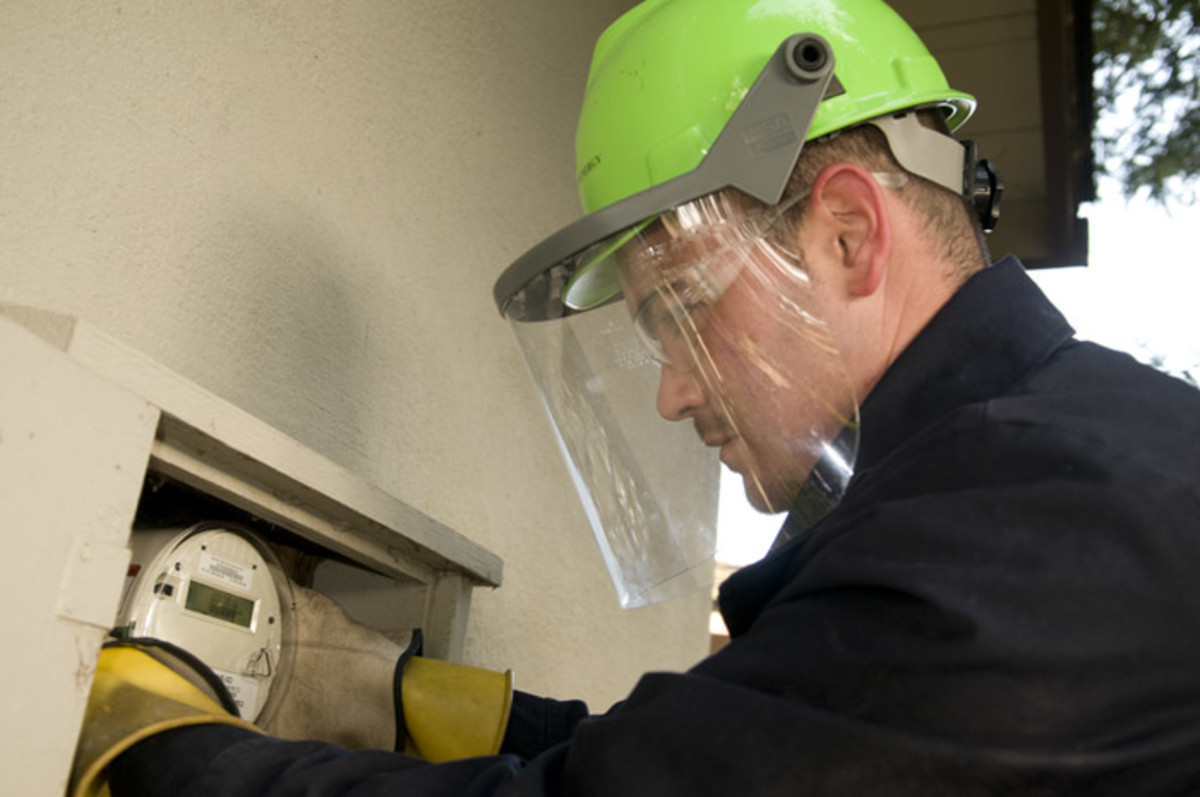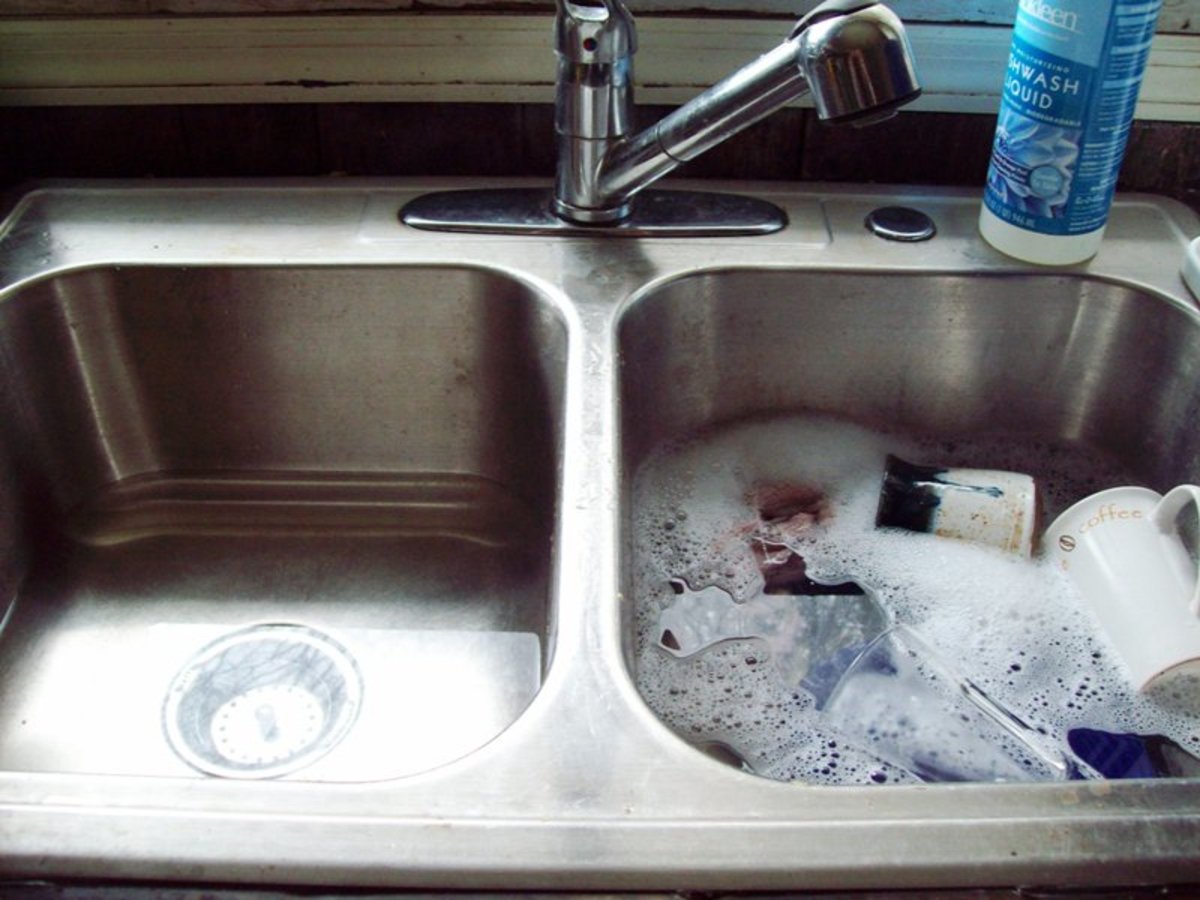Making Industrial Locations Safer with Explosion Proof LED Fixtures

Explosions: A Serious Risk in Industrial Settings
Some industrial locations are more hazardous than others, and may place more stringent requirements and safety standards for the types of lighting that can be used inside. There are three types of substances that stand out in terms of explosion hazard:
- Explosive gases and vapors, commonly found in oil and gas industry facilities.
- Explosive dusts, especially mineral dusts and grain dusts.
- Ignitable fibers, commonly found in textile processing plants.
Flour, for example, is a highly explosive compound. One would not imagine that something that is eaten on a daily basis can be so dangerous in industrial settings.
The following video shows what the explosion of four pounds of flour looks like. Just imagine the damage if such an explosion occurs at a facility with thousands of pounds of flour and other grain dusts.
Please do not try this! Dust explosions are a serious hazard.
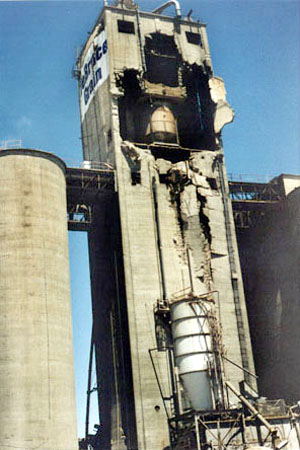
How are Hazardous Locations Classified?
In the US and Canada, locations with an explosion hazard are classified according to the Class/Division system. The explanation is very extensive, but the system can be summarized as follows:
- Class I - Presence of flammable gases or vapors.
- Class II - Presence of combustible dusts.
- Class III - Presence of ignitable fibers.
The Division indicates the general likelihood of finding a compound in an explosive concentration at any given moment. The specific description varies by class, but in general:
- Division 1 refers to locations with permanent or frequent presence of the explosive compound.
- Division 2 indicates rare occurrences, but the risk is there nevertheless.
Explosive compounds are further classified into groups:
- Groups A to D are for gases and vapors in Class I, where Group A represents the highest explosion risk (acetylene) and Group D the lowest (Gasoline, Natural Gas, etc.).
- Group E is for metal dusts, Group F is carbonaceous dusts like coal and Group G includes all other explosive dusts such as flour, sawdust and chemicals.
If you would like to hear a detailed description of classes and divisions, you can watch the following video. It is long (nearly 15 minutes) but it explains the system very well.
Advantages of LED in Hazardous Locations
LED technology really has a chance to shine (no pun intended) in hazardous locations, for several reasons.
LED Lighting is Safer than HID and Fluorescent Lamps by Design
LED lighting is a solid-state technology, which means it uses neither incandescent filaments nor gases ignited by electrodes. These are potential ignition sources that are eliminated with an upgrade to LED. The heat footprint of LED fixtures is also lower, further contributing to ignition prevention.
Keep in mind, however, that even though the technology is safer, LED fixtures used in hazardous locations MUST be rated for that type of application. The specifications of LED fixtures for hazardous environments will explicitly state the Class/Division/Group for the locations where the fixture can be used.
The product shown above is an example of an LED fixture that is rated for hazardous locations. It is part of the SafeSite product line by Dialight.
LED Lighting Requires Less Maintenance
Industrial facilities typically have a lot of heavy machinery causing vibration, and this is very detrimental to the service life of HID and fluorescent lamps, whose filaments and electrodes are vulnerable to vibration and other types of mechanical shock.
LED fixtures are unaffected by vibration and can go for up to 100,000 hours without needing a replacement. This is a remarkable benefit in hazardous locations, where maintenance activities can be very expensive due to the skilled labor requirements, on top of being dangerous.
The ruggedness and long service life of LED lighting also ensure that the facility will always be well illuminated, something that is critical in dangerous environments.
LED Lighting Can Restart Instantly if Shut Down
HID lighting has a serious limitation: if turned off, it requires several minutes to reach full brightness again. Even HID lamps designed for a fast restart may require up to five minutes. In a hazardous location, even a few minutes in the dark can pose a very high risk.
Fluorescent lighting can restart instantly, but it is vulnerable to vibration just like HID fixtures, which means than an upgrade from HID to fluorescent lighting is just a partial solution.
LED lighting can restart instantly and can also operate longer on backup power due to its low power consumption. These factors contribute to workplace safety in any environment, including hazardous locations.
LED Lighting Achieves Higher Energy Savings in Hazardous Locations
Many facilities with hazardous locations, especially those of the oil and gas industry, use their own power generators to ensure a constant supply that is independent from electric utilities. Also, some oil rigs are located in isolated locations or offshore where there is no power grid anyway.
The need to generate their own power may result in energy costs as high as $1.00 per kilowatt-hour, more than five times higher than typical residential rates. However, this also means that LED lighting saves even more money in facilities of this type. Saving 1,000 kWh at $0.20/kWh only represents $200... but doing so at $1.00/kWh translates to $1,000 less in energy expenses!
Concluding Remarks
LED lighting offers considerable savings in hazardous locations, where both energy and maintenance activities can be much more expensive than in other commercial or industrial settings. Also, LED fixtures minimize lighting downtime, further contributing to safety in industrial facilities with hazardous environments.

